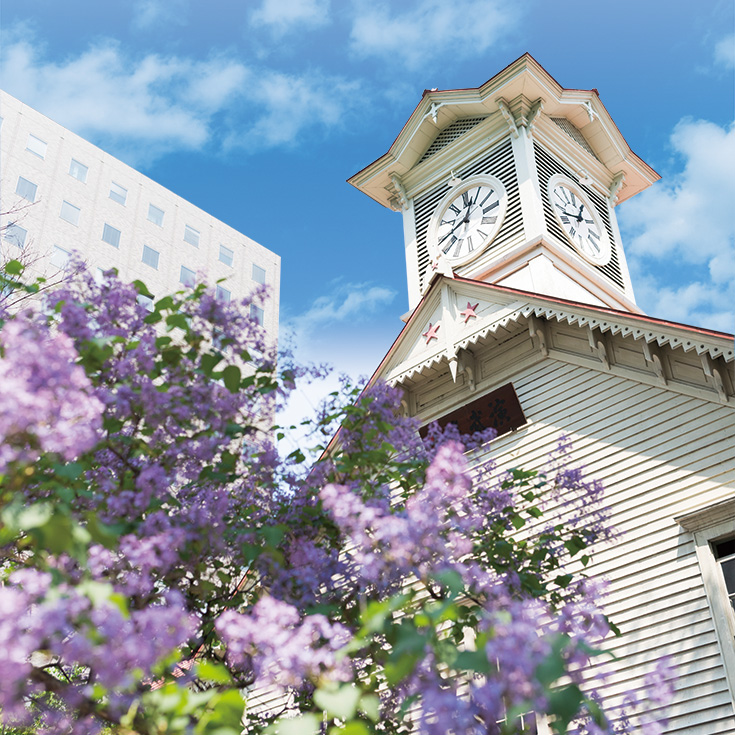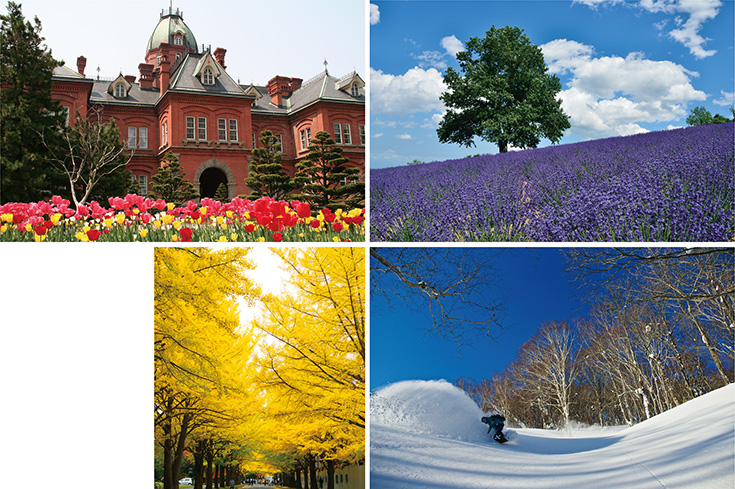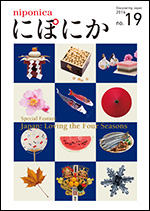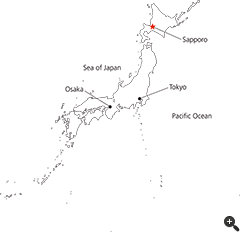niponica is a web magazine that introduces modern Japan to people all over the world.
2016 No.19
 Strolling Japan
Strolling Japan
Sapporo is the capital city of Hokkaido, the northernmost prefecture of Japan. Many tourists come to enjoy winter snow and avoid summer heat. Here we introduce you to some of the many sights, experiences, and tastes of the city’s changing seasons.

Sapporo Clock Tower, longstanding city symbol, has watched over the history of Sapporo for more than 130 years. (Photo: PIXTA)
Japan has four large islands and over 6,000 smaller ones. Hokkaido is the second biggest after Honshu. In winter, many people from around Japan and overseas come for powder snow and to enjoy winter sports. Crisp summers and no rainy season make Hokkaido the perfect escape from Japan’s average summer heat and humidity.
Sapporo has the fourth largest population of any city in Japan, and not only is close to nature but also offers the excitement and convenience of a city. Take advantage of the extensive subway, tram, and bus systems to view autumn leaves from high on a mountaintop; enjoy early summer blue skies seen from wide green plains; or thrill to the feeling of snow as you stroll the city. The metro area has big-scale scenery, the kind you won’t find elsewhere in Japan: the perfect place to experience the arrival of spring, summer, autumn, and winter.
Spring in the city may be brief but begins with a flourish. When the city wakes from its long winter sleep, Odori Park—which crosses city center, east to west—overflows with blooms, and the former Hokkaido Government Office Building is resplendent with colorful tulips.
In June the Yosakoi Soran Festival arrives like a harbinger, and Sapporo instantly switches into a festive summer mood. One must-see in summer is the lavender garden at Horomi Pass, with views over the entire city. Nowhere else can you take in both a carpet of lavender and Sapporo’s cityscape. Moerenuma Park, known for its collection of works by world-famous sculptor Isamu Noguchi (1904–1988), is also busy with summertime events.
Then comes autumn, a time when Sapporo’s most romantic vista is the row of gingko trees at Hokkaido University. And the rear garden of Sapporo Shiryokan (west end of Odori Park) is a well-hidden but excellent place to also view the autumn leaves.

Top left: The former Hokkaido Government Office Building, an important cultural property of Japan, is affectionately called Red Brick Office by local people.
Bottom left: Hokkaido University’s campus row of gingko trees is only about 10 minutes on foot from Sapporo station. (Photo: PIXTA)
Top right: Horomi Pass Lavender Garden, near Maruyama Park, west Sapporo, is filled with the sweet scent of lovely blooms.
Bottom right: Experience the real meaning of “winter sports” at any one of the many ski slopes less than an hour away from city center. (Photo: Sapporo Teine)







